LIFE
5 U.S. Cities Most Threatened By Climate Change
Published
2 months agoon

Shutterstock
The impacts of climate change are becoming more increasingly evident, and cities across the nation are grappling with a multitude of challenges. Coastal cities such as Miami are facing rising sea levels and more frequent and intense hurricanes, resulting in increased flooding and infrastructure damage. Inland cities, like Phoenix, are experiencing soaring temperatures and prolonged droughts, straining water resources and exacerbating wildfire risks.
As climate change continues, these 5 cities stand at the forefront of the battle against its consequences, highlighting the urgent need for comprehensive adaptation and mitigation strategies to safeguard their future resilience.
Miami
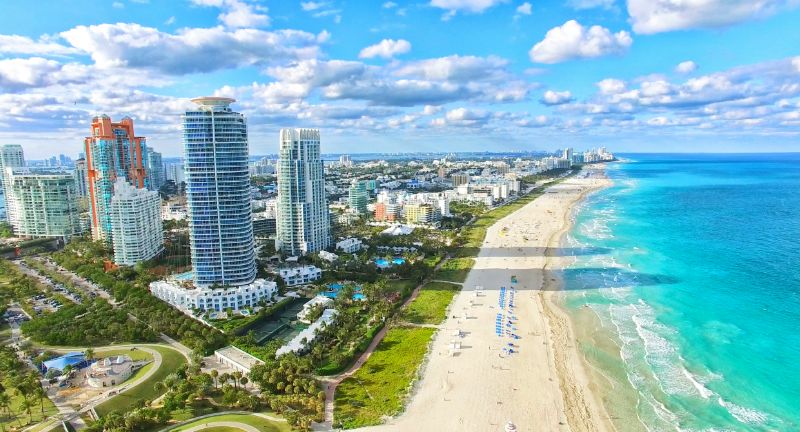
Shutterstock
Miami is highly vulnerable to climate change due to its low-lying coastal location, facing threats from sea-level rise and increasingly severe hurricanes. Other evidence of rising sea levels is the increase of coastal flooding, even on sunny days, due to the phenomenon known as “king tides.”
The city is investing in resilience strategies, including upgrading its stormwater management system, raising roads, and installing pumps to deal with sea-level rise and flooding.
Phoenix
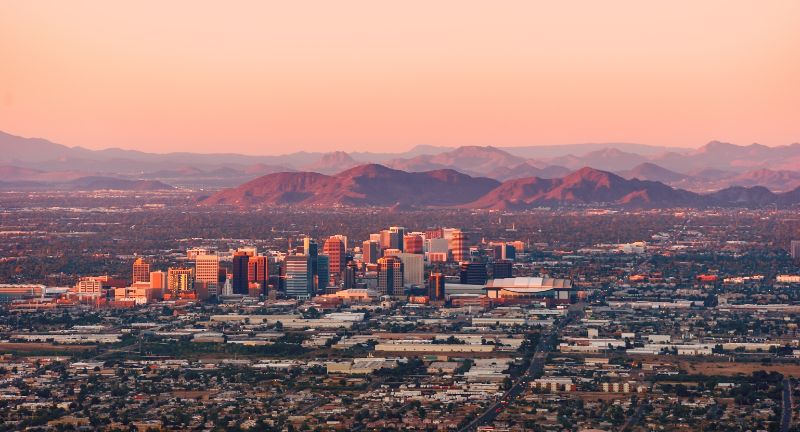
Shutterstock
In 2023, Phoenix had 133 days with temperatures reaching or exceeding 100 degrees, with the highest temperature reaching approximately 119 degrees. Extreme heat is not the only climate risk confronting the city; droughts and water scarcity are other significant concerns. these combined impact public health and pose significant risks to vulnerable populations. The city has implemented measures including heat mitigation strategies and water conservation programs.
Seattle
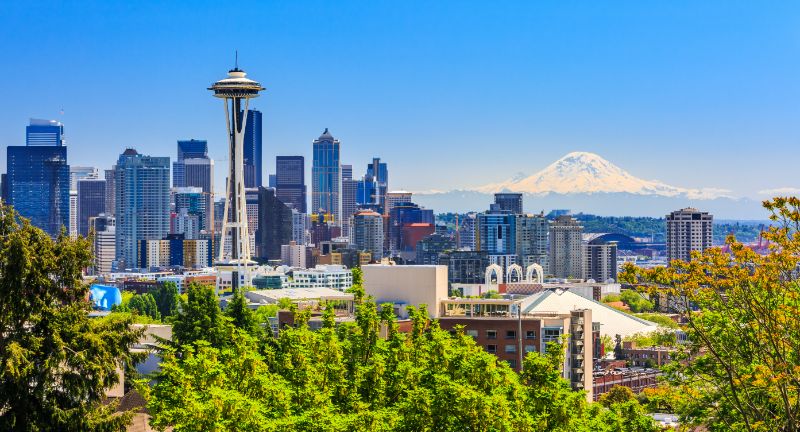
Shutterstock
Seattle faces a range of climate risks, including heatwaves, wildfires, and sea-level rise. Recent evidence shows that the city has experienced increasing temperatures and declining snowpack in the Cascade Mountains, leading to reduced water availability and heightened wildfire risk in the region. Seattle is responding to these challenges by implementing strategies such as climate adaptation planning, green infrastructure development, and efforts to reduce carbon emissions through renewable energy initiatives and sustainable transportation policies.
New Orleans
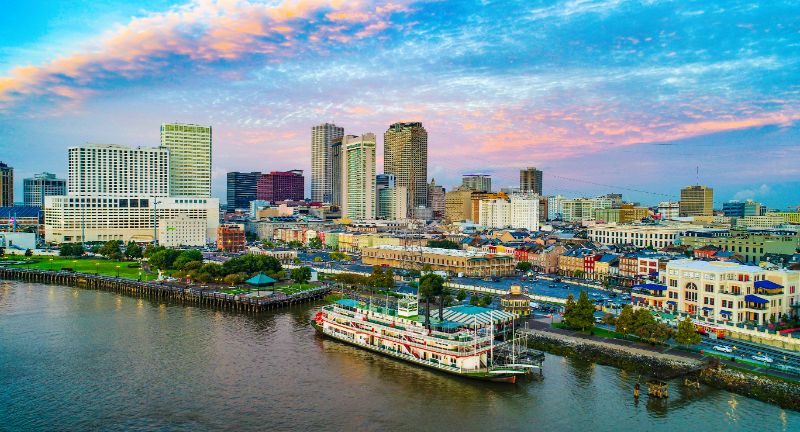
Shutterstock
Situated below sea level and surrounded by water, New Orleans is at significant risk of flooding from storm surges and sea-level rise. The devastation caused by Hurricane Katrina in 2005 serves as a stark reminder of the city’s vulnerability to extreme weather events. New Orleans has been working on comprehensive flood protection measures, including improving levees, creating better drainage systems, and restoring coastal wetlands that act as natural barriers against storms.
Houston
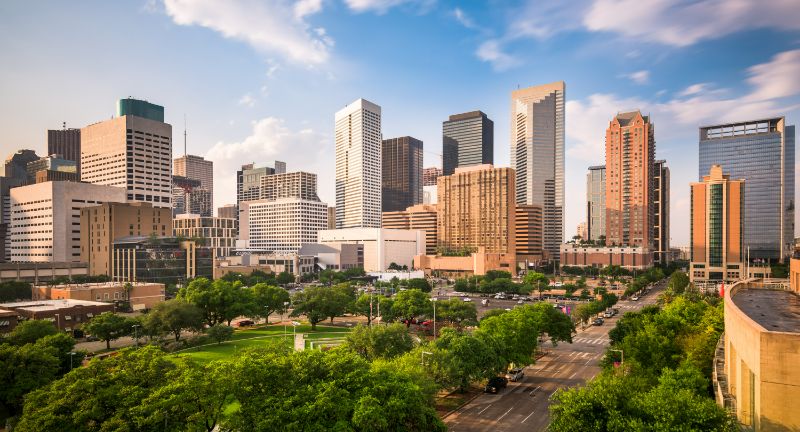
Shutterstock
Houston’s susceptibility to flooding is heightened by its flat topography, urban sprawl, and heavy rainfall. The city experienced catastrophic flooding during Hurricane Harvey in 2017, with record-breaking rainfall causing widespread devastation and underscoring the urgent need for improved flood management strategies. Houston has been focusing on flood mitigation efforts, including expanding its bayou greenways, improving stormwater management, and adopting stricter building codes for flood-prone areas.
Conclusion
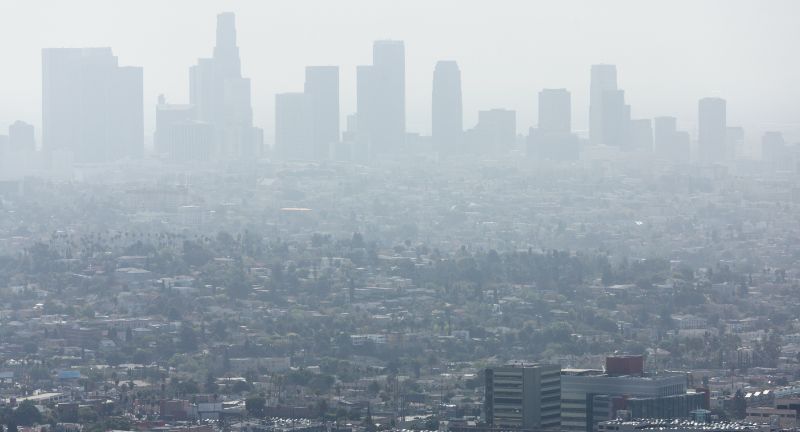
Shutterstock
The effects of climate change are undeniable, with some cities facing a range of environmental, social, and economic challenges. It is important that both cities and residents prioritize resilience-building measures and commit to sustainable practices to mitigate the impacts of climate change and ensure a more equitable and secure future for all residents.
Related Topics:

More Money + Investing
-


Gold prices decline as dollar increases due to strong Fed…
-


Toys R Us is relaunching
-


Twitter to sue Elon Musk
-


5 Things That Are No Longer Worth Buying
-


Social Security Adjustments Coming In 2024 – Here’s What You…
-


Fed likely to significant increase interest rates significantly
-


Microsoft may purchase Netflix, according to analyst
-
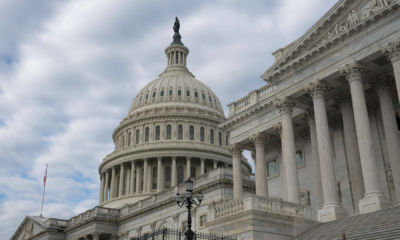

The economy barely grew in the previous quarter
-


Online Sales Break Black Friday Record
-


General Motors earnings are below Wall Street expectations
-


Alphabet’s second-quarter revenue and earnings were below market expectations
-


Fed prepares another rate hike